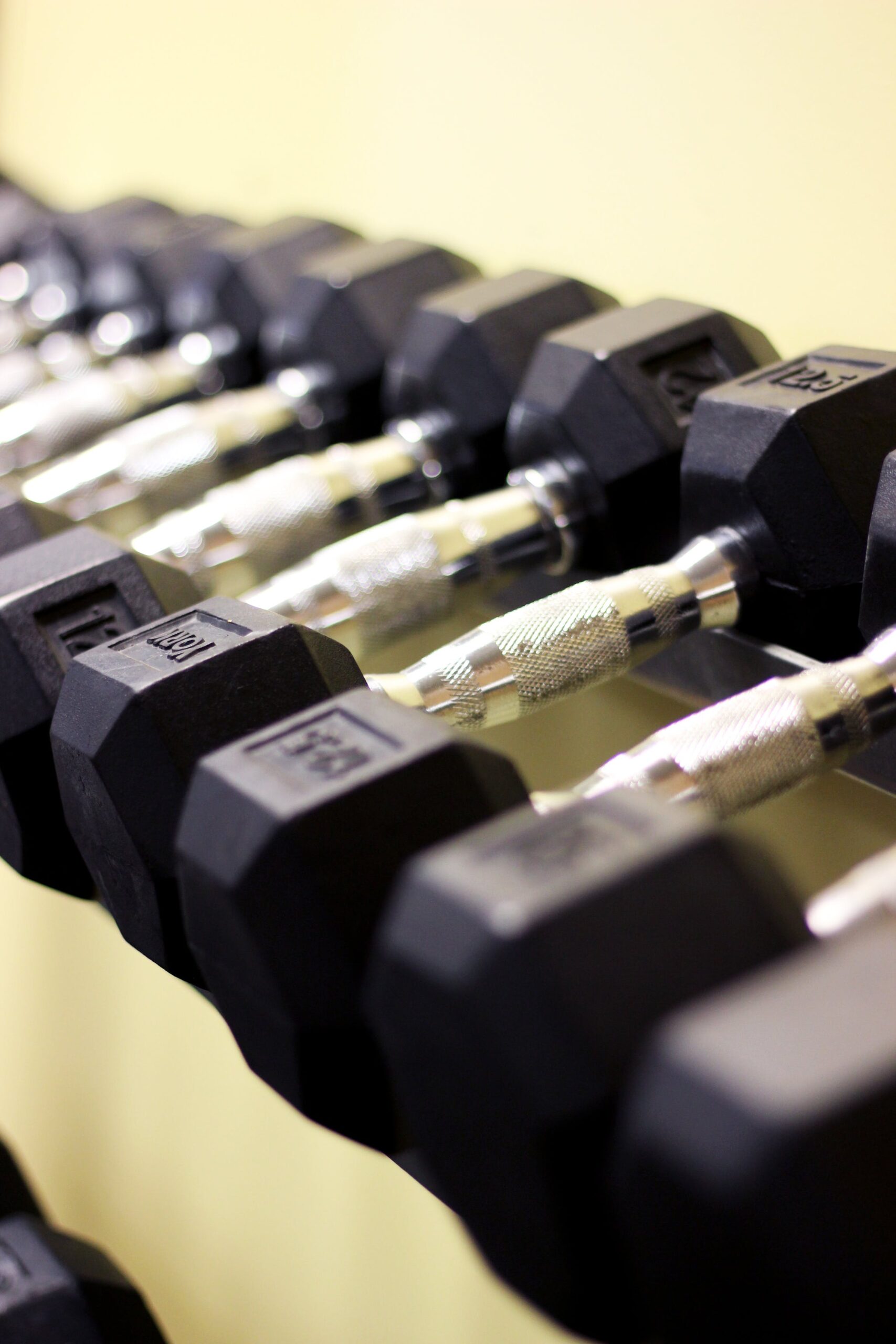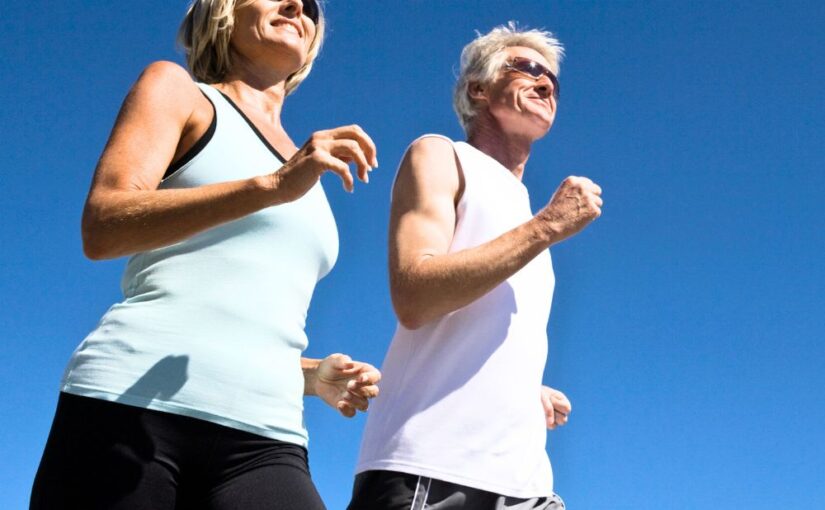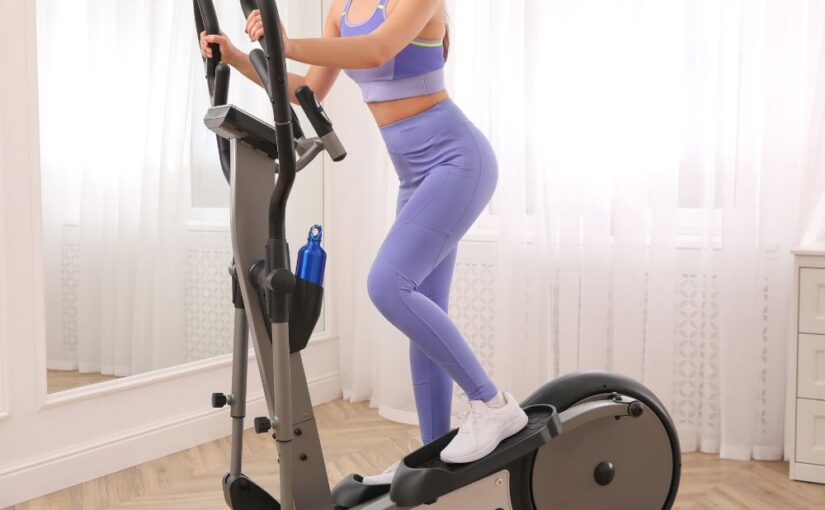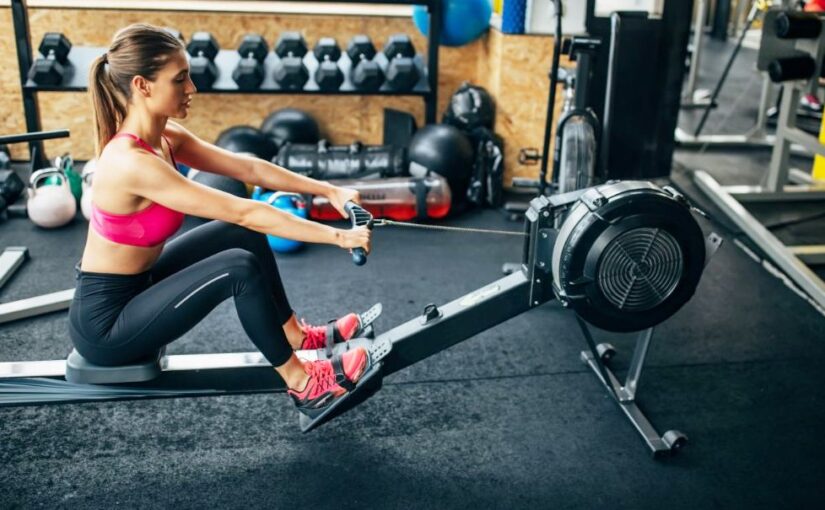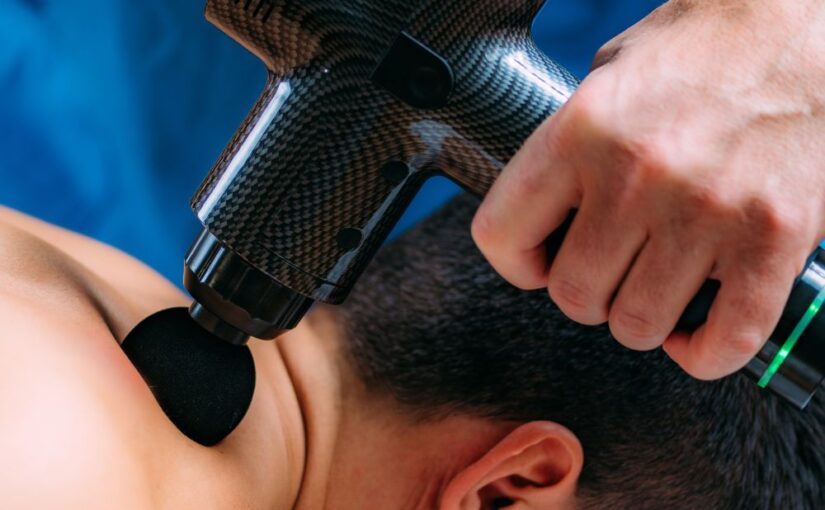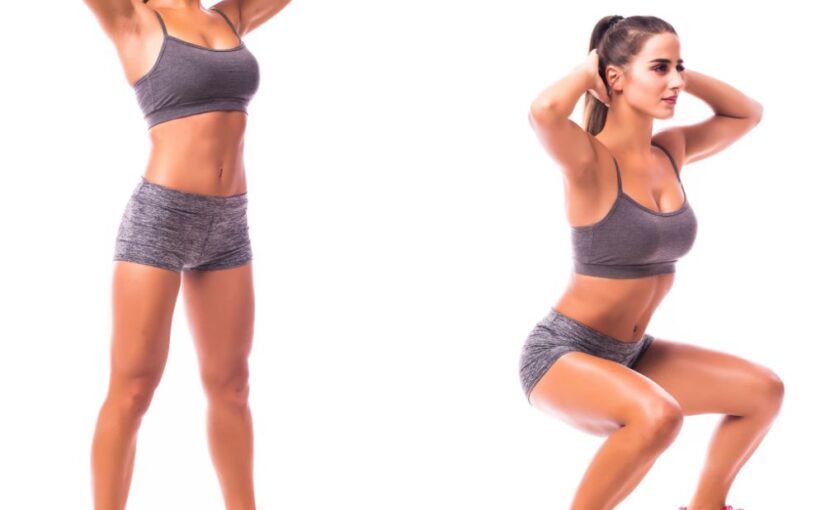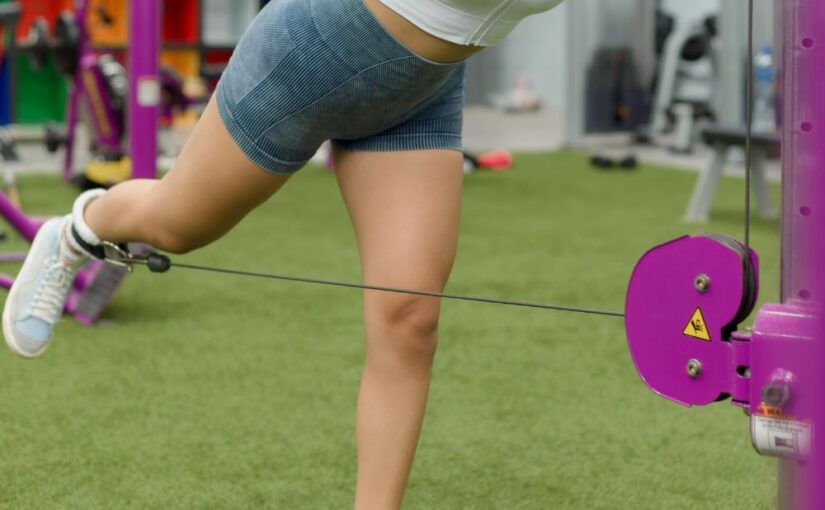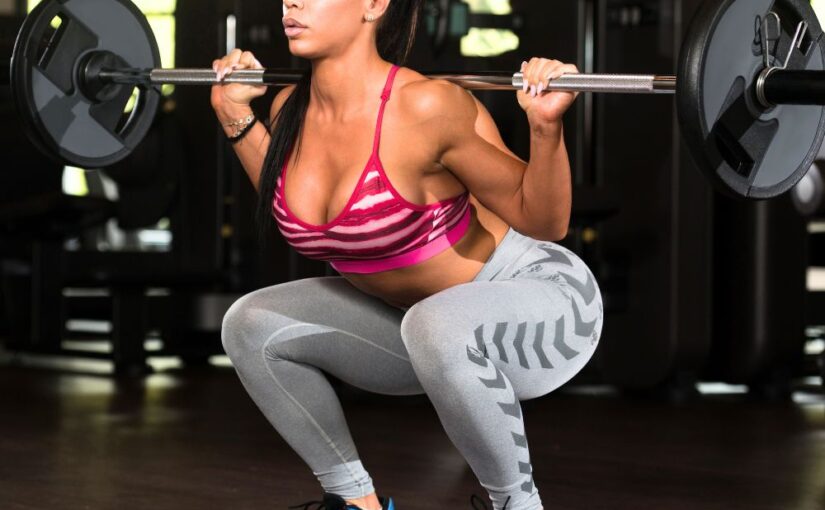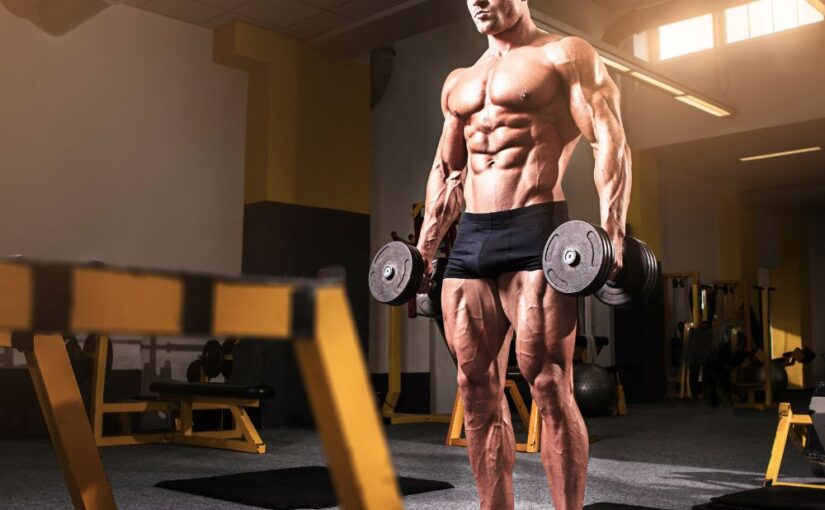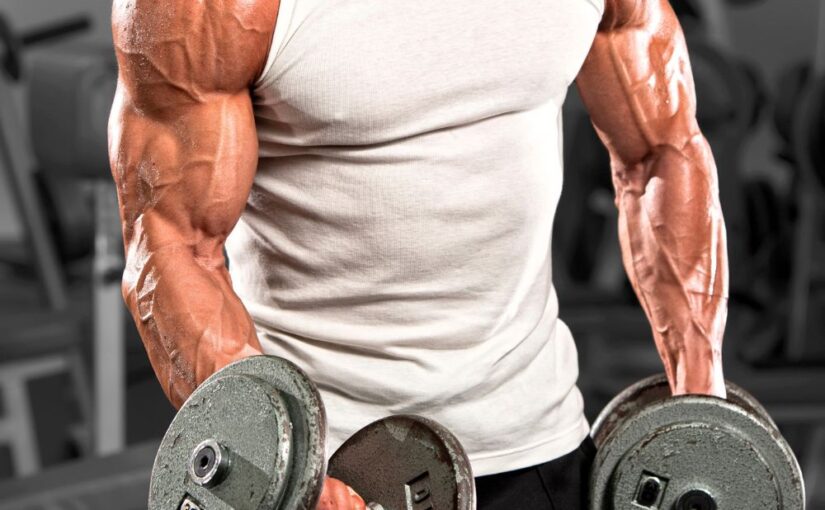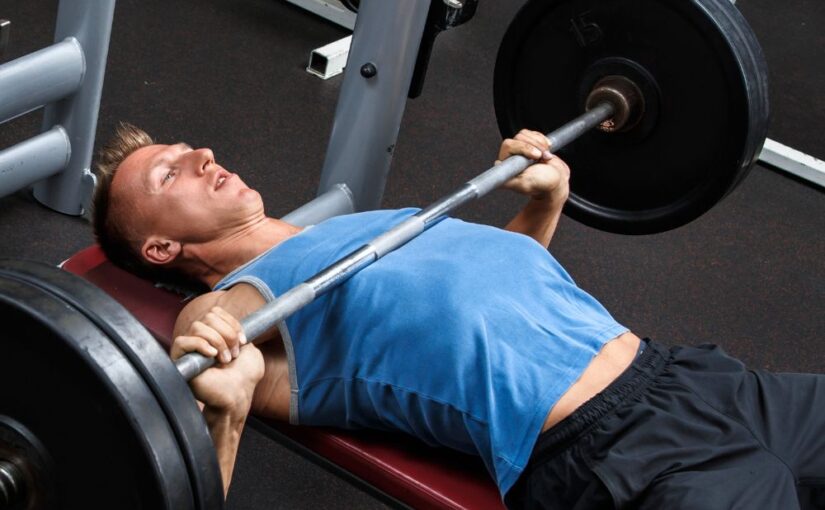Low-impact exercises are ideal for individuals seeking effective workouts without putting excessive strain on their joints. These exercises can improve cardiovascular fitness, strength, flexibility, and overall well-being, making them suitable for all ages and fitness levels. Here’s a comprehensive look at some of the best low-impact exercises and their benefits.
1. Walking
Overview
Walking is one of the most basic and accessible kinds of low-impact exercise. Whether you enjoy strolling around the park or brisk walking on a treadmill, it may simply be incorporated into your daily routine.
Benefits
- Improves Cardiovascular Health: Regular walking can help reduce the risk of heart disease.
- Weight Management: An excellent way to burn calories and maintain a healthy weight.
- Boosts Mood: Walking triggers the release of endorphins, which can reduce tension and anxiety.
2. Swimming
Overview
Swimming provides a full-body workout while being incredibly gentle on the joints. The buoyancy of water reduces impact, making it an excellent option for those with arthritis or injuries.
Benefits
- Full-Body Engagement: Strengthens muscles across the body without putting stress on joints.
- Improves Flexibility: The range of motion in swimming strokes enhances overall flexibility.
- Cooling Effect: Exercising in water keeps you cool, making workouts more enjoyable, especially in warmer weather.
3. Cycling
Overview
Whether using a stationary bike or cycling outdoors, this low-impact exercise effectively builds cardiovascular endurance and strengthens the lower body.
Benefits
- Lower Body Strengthening: Targets the quadriceps, hamstrings, and calves.
- Adjustable Intensity: You can easily control the intensity by adjusting resistance or speed.
- Joint-Friendly: Reduces strain on knees and hips compared to running.
4. Elliptical Training
Overview
The elliptical machine simulates walking or running without the impact associated with those activities. This machine provides a great cardiovascular workout while engaging both the upper and lower body.
Benefits
- Full-Body Workout: Engages multiple muscle groups for an efficient workout.
- Customizable Settings: Many machines offer adjustable resistance and incline levels.
- Low Risk of Injury: The smooth motion reduces stress on joints.
5. Yoga
Overview
Yoga combines physical postures, breathing techniques, and meditation, making it an excellent low-impact exercise for flexibility, strength, and mental well-being.
Benefits
- Enhances Flexibility: Regular practice helps to improve flexibility and range of motion.
- Builds Strength: Many poses engage muscles, helping to build strength over time.
- Stress Relief: Promotes relaxation and reduces stress through mindfulness and breathing techniques.
6. Pilates
Overview
Pilates emphasizes core strength, flexibility, and full body awareness. It’s a low-impact workout that focuses on controlled movements and proper alignment.
Benefits
- Core Strengthening: Builds a strong core, which is crucial for overall stability and injury prevention.
- Improves Posture: Encourages proper alignment, which can alleviate back pain.
- Adaptable for All Levels: Exercises can be modified to suit different fitness levels.
7. Tai Chi
Overview
Tai Chi is a gentle form of martial arts characterized by slow, flowing movements. Often referred to as “meditation in motion,” it promotes balance and relaxation.
Benefits
- Enhances Balance: Improves stability and coordination, reducing the risk of falls.
- Reduces Stress: The meditative aspect helps to calm the mind and alleviate anxiety.
- Joint-Friendly: The slow, controlled movements are easy on the joints.
TL;DR: The benefits of low-impact exercises include improved cardiovascular health, increased strength and flexibility, enhanced mental well-being, and a reduced risk of injury—all while being easy on the joints. These exercises are convenient and accessible, with many options like walking, yoga, Pilates, and Tai Chi that can be done almost anywhere. Others, such as swimming, cycling, and using an elliptical, offer adaptable, full-body workouts suitable for all fitness levels. By incorporating low-impact activities into your routine, you can enjoy a sustainable, joint-friendly path to long-term health and wellness.
Conclusion
Incorporating low-impact exercises into your fitness routine can provide numerous health benefits without the risk of injury associated with high-impact workouts. Whether you choose walking, swimming, cycling, or practicing yoga, these exercises can help you stay active and healthy while respecting your body’s limits.
As with any fitness regimen, it’s important to listen to your body and consult with a healthcare professional if you have any health concerns or pre-existing conditions. Find activities you enjoy, and make them a regular part of your lifestyle for long-term health and wellness.
Frequently Asked Questions (FAQ)
They improve cardiovascular health, strength, flexibility, and mental well-being while minimizing stress on the joints, making them ideal for all ages and fitness levels.
Anyone can benefit, especially beginners, seniors, people with joint pain or injuries, or those looking for a gentler workout option.
Walking, yoga, Pilates, swimming, and cycling are all beginner-friendly and can be adapted to different fitness levels.
Yes. When done regularly and combined with a healthy diet, they can support weight loss and overall fitness.
Many low-impact exercises require little to no equipment. Activities like walking, yoga, and Tai Chi can be done almost anywhere with minimal setup.
Recommended Gear for Low-Impact Workouts
To help you get started or enhance your low-impact fitness routine, here are some commonly used products that support safe and effective exercise.
Treadmills
Ideal for indoor walking or light jogging, treadmills with adjustable speed and cushioning systems allow for a joint-friendly cardio workout at home. Look for models with incline settings and heart rate monitors for added versatility.
Upright Bikes
Upright stationary bikes offer a great cardiovascular workout while engaging your lower body. They’re compact and typically take up less space than recumbent models, making them a good fit for smaller home gyms.
Recumbent Bikes
With a reclined seat and back support, recumbent bikes are ideal for those seeking comfort, posture support, and reduced joint strain. Great for beginners, older adults, or anyone recovering from injury.
Yoga Mats
A quality yoga mat adds comfort and stability to floor-based workouts such as yoga, Pilates, or stretching. Look for non-slip surfaces and appropriate thickness based on your preferred activities.
Affiliate Disclosure
The links above are affiliate links, which means we may earn a small commission if you make a purchase through them—at no extra cost to you.

